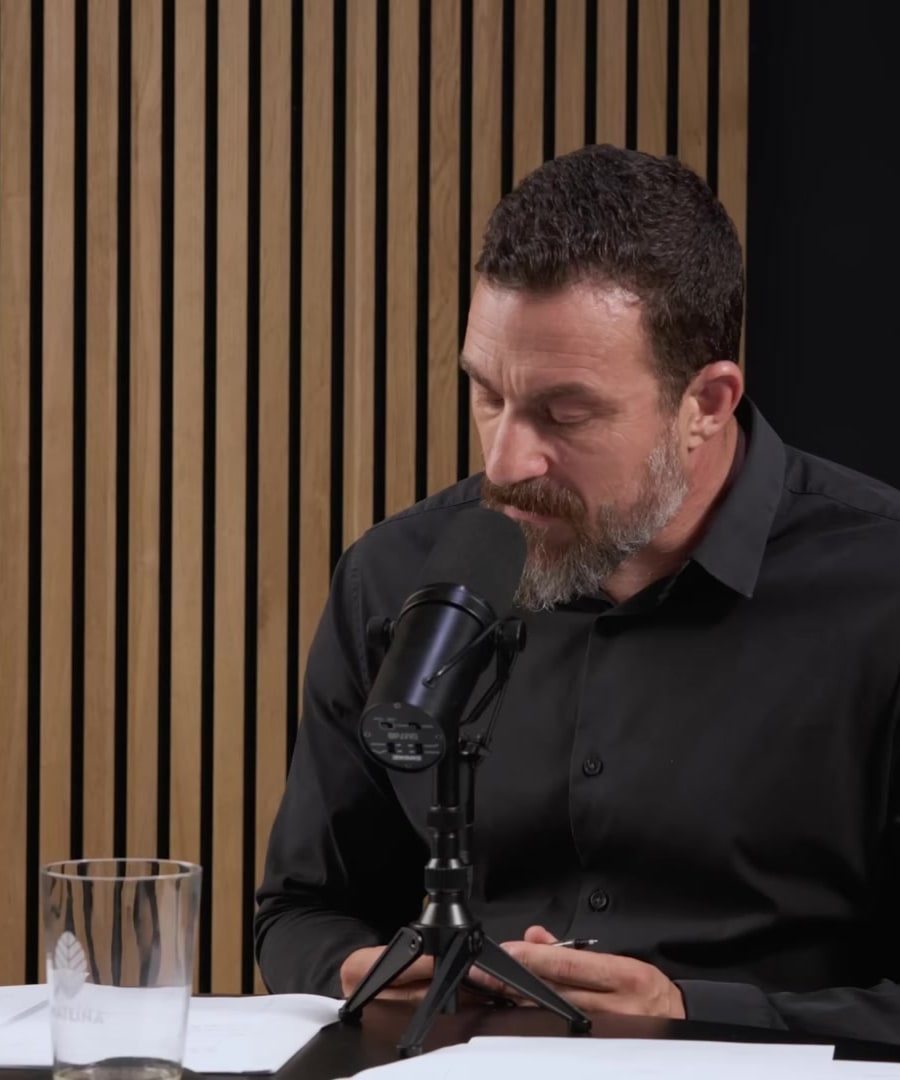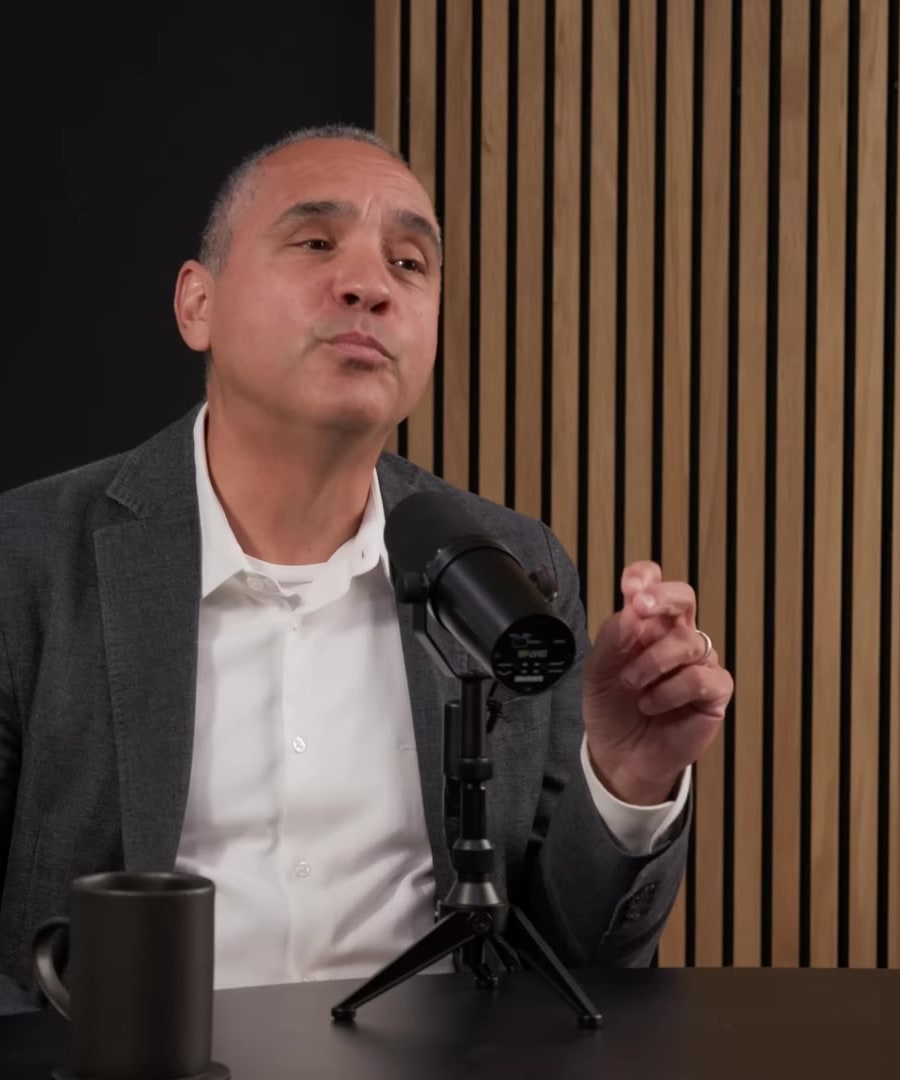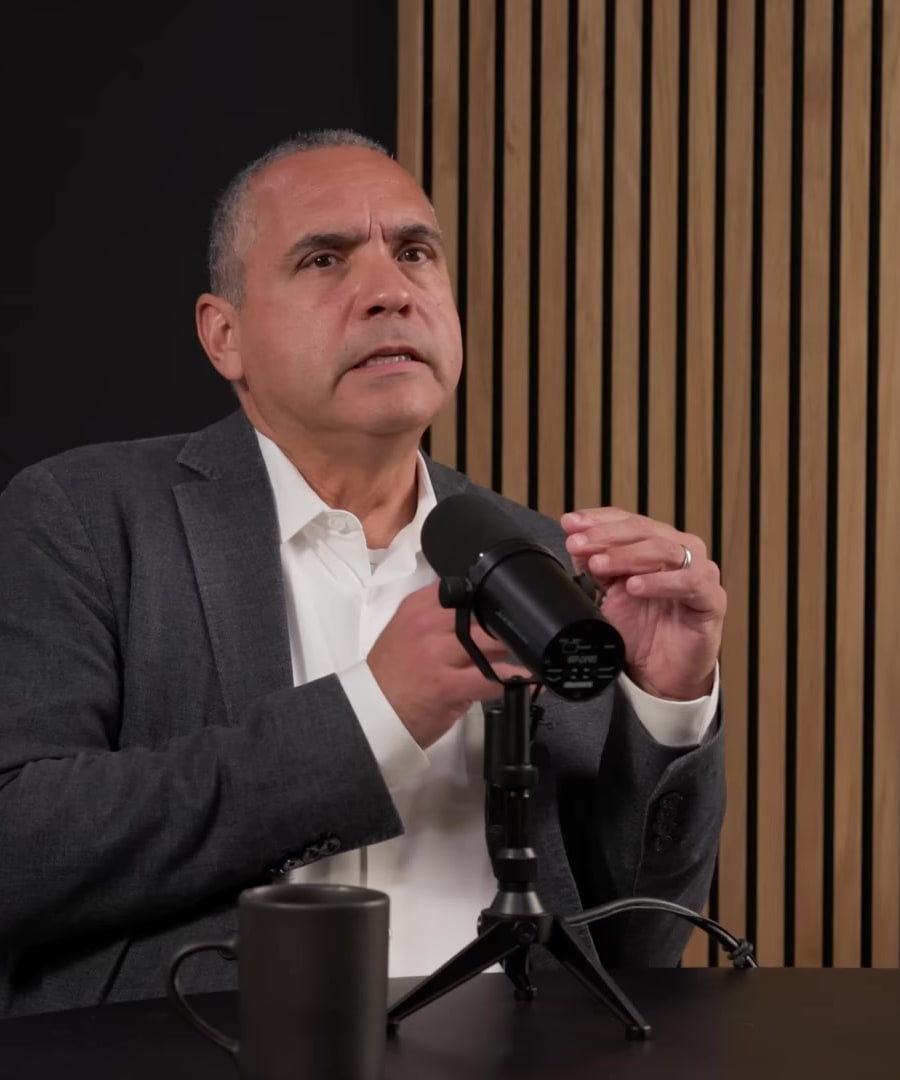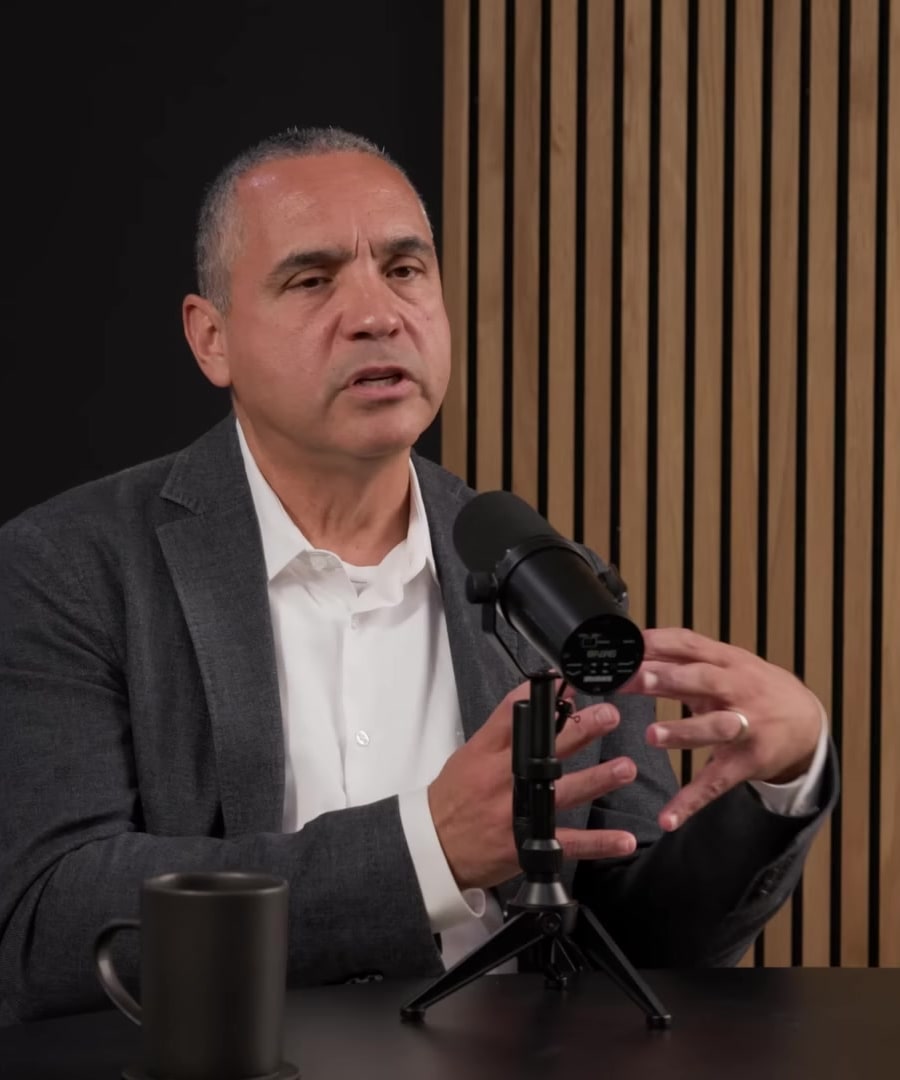What techniques are used in Q Center therapy?
Sources:
Q Center therapy, developed by Dr. Victor Carrión, employs several techniques to help children with PTSD. Here are some of the key components:
-
Four-Corner System: This involves dissecting emotional and behavioral responses into four areas: cognition, emotions, physical sensations, and actions. It is similar to cognitive-behavioral therapy but includes a somatic component, recognizing that children often express stress physically when they lack the vocabulary for their emotions. This system allows therapists and children to approach responses from any of these corners, helping to identify triggers and develop new, healthier responses 1.
-
Personalized Toolbox: Children are encouraged to build a toolbox of coping strategies tailored to their needs. This can include classic tools like deep breathing, muscle relaxation, and mindfulness, and children's unique strategies that resonate personally. Empowerment comes from the child choosing what tools to include based on what works best for them 2.
-
Emotional Regulation Tools: Techniques like using Wagner's emotional thermometer help gauge a child’s stress level and determine the best time for engagement. The idea is for children to internalize and use these techniques independently over time, beyond therapy sessions 3.
-
Hybrid Therapy Approach: Q Center therapy integrates multiple therapeutic elements beyond traditional cognitive-behavioral therapy, aiming to address cumulative trauma. This includes promoting self-efficacy, empowerment, and insight-oriented work, making the therapy adaptable and self-reinforcing 4.
These methods highlight the importance of flexibility, empowerment, and personalized care in trauma therapy, making it suitable for both children and potentially adaptable for adults.
RELATED QUESTIONS-
What techniques are used in Q Center therapy?
- RELATED QUESTIONS



